

Articles
How To Store Bitcoin Offline
Modified: October 20, 2024
Learn how to securely store your Bitcoin offline with these informative articles. Protect your digital assets and keep them safe from cyber threats.
(Many of the links in this article redirect to a specific reviewed product. Your purchase of these products through affiliate links helps to generate commission for Storables.com, at no extra cost. Learn more)
Introduction
Bitcoin, the world’s first decentralized digital currency, has gained immense popularity in recent years. As more people embrace Bitcoin and other cryptocurrencies, the need for secure and reliable storage methods becomes paramount. While online wallets and exchanges offer convenience, they also present certain risks. This is where offline storage methods come into play.
Storing Bitcoin offline, also known as cold storage, refers to keeping your cryptocurrency private keys and wallet information offline, away from the internet. By doing so, you significantly reduce the risk of hacking, online attacks, and theft. In this article, we will explore the various methods of offline storage and discuss the best practices for securing your Bitcoin.
Key Takeaways:
- Storing Bitcoin offline provides enhanced security, protection from malware, and peace of mind. Hardware wallets, paper wallets, offline computers, and physical coins offer diverse options for secure offline storage.
- Best practices for offline storage include creating backups, using secure environments, maintaining software updates, and regularly checking balances. By following these guidelines, Bitcoin holders can maximize the security of their offline storage.
Read more: How To Store Bitcoins
Why Store Bitcoin Offline?
Storing Bitcoin offline offers several key advantages over keeping your cryptocurrency in online wallets or exchanges:
- Enhanced Security: Cyberattacks and hacking attempts are prevalent in the digital world. By storing your Bitcoin offline, you eliminate the risk of online attacks and theft of your private keys. Offline storage provides an added layer of security, making it extremely difficult for hackers to gain access to your funds.
- Protection from Malware: Malicious software can infect your computer or mobile device, compromising the security of your Bitcoin wallet. When stored offline, your Bitcoin is not vulnerable to malware, reducing the risk of unauthorized access.
- Peace of Mind: By storing your Bitcoin offline, you have complete control over your funds. You are not dependent on the security measures or vulnerabilities of third-party platforms. This gives you peace of mind knowing that your cryptocurrency is secure under your own supervision.
Furthermore, offline storage is particularly important for those who hold a significant amount of Bitcoin or other cryptocurrencies. The potential loss of funds due to theft or hacking can be financially devastating. Therefore, taking proactive measures to store your Bitcoin offline is essential for long-term security and peace of mind.
Now that we understand the importance of offline storage, let’s explore the different methods you can use to store your Bitcoin securely.
Methods of Offline Storage
There are several methods you can use to store your Bitcoin offline:
- Hardware wallets: Hardware wallets are physical devices specifically designed for storing cryptocurrencies securely. These devices store your private keys offline and allow you to make transactions securely by connecting to your computer or mobile device. Examples of popular hardware wallets include Ledger, Trezor, and KeepKey.
- Paper wallets: Paper wallets involve printing your Bitcoin private keys and wallet information on a physical piece of paper. This paper can then be securely stored in a safe place, such as a lockbox or a vault. Paper wallets are completely offline, making them immune to cyberattacks. However, it is important to generate the paper wallet securely, ensuring that it is not compromised during the process.
- Offline computer or air-gapped device: Another method of offline storage involves using a dedicated computer or device that is never connected to the internet. This air-gapped device is used solely for managing your Bitcoin wallet and transactions. With no internet connection, the risk of online attacks is greatly reduced. However, it is crucial to keep the device secure and free from malware.
- Physical coins or tokens: For added physical security, some individuals opt for physical Bitcoin coins or tokens. These physical representations of Bitcoin contain a tamper-resistant private key embedded within them. They provide both offline storage and a tangible form of ownership.
Each method of offline storage has its own advantages and considerations. It is important to carefully evaluate your needs and preferences when choosing the right method for you.
In the next sections, we will delve deeper into each method, discussing their pros, cons, and best practices for maximizing security.
Hardware Wallets
Hardware wallets are widely considered to be one of the most secure methods of offline storage for Bitcoin and other cryptocurrencies. These physical devices are designed to store your private keys offline, providing an extra layer of protection against online threats. Here’s how hardware wallets work:
- Secure chip: Hardware wallets incorporate a secure chip that stores your private keys and securely signs transactions. This chip is designed to resist tampering and unauthorized access, making it difficult for hackers to extract your private keys.
- Encryption and PIN: When you first set up your hardware wallet, you will be required to set a PIN code. This PIN code adds an additional layer of security, ensuring that even if someone gains physical access to your wallet, they won’t be able to access your funds without the PIN. Additionally, your wallet generates a unique encryption key for each transaction, providing further protection.
- Offline transactions: Hardware wallets typically have a small screen that allows you to visually verify transaction details before confirming them. This ensures that you have full control over your transactions and guards against any potential tampering or unauthorized changes.
- Backup and recovery: Hardware wallets offer backup and recovery features that allow you to easily restore your wallet in case the device is lost, stolen, or damaged. During the setup process, you will generate a recovery seed consisting of a series of words. This seed should be stored securely offline, and it can be used to restore your wallet and access your funds in case of emergencies.
It is important to purchase hardware wallets directly from reputable sources to ensure that they have not been tampered with. Additionally, it is recommended to keep your hardware wallet firmware up to date, as manufacturers frequently release updates that address security vulnerabilities.
Overall, hardware wallets provide a convenient and secure way to store your Bitcoin offline. They offer peace of mind knowing that your private keys are safely stored and protected from online threats.
Paper Wallets
Paper wallets are a popular method of offline storage for Bitcoin. A paper wallet involves printing your Bitcoin private keys and wallet information on a physical piece of paper. Here’s how paper wallets work:
- Generating a paper wallet: To create a paper wallet, you can use a trusted paper wallet generator, either in an offline environment or through a reputable online service. The generator will create a random Bitcoin address and corresponding private key, which you can then print out.
- Securing your paper wallet: Once you have the printed paper wallet, it is essential to keep it in a secure location. Consider using a lockbox, a safe deposit box, or a physical vault. It is important to protect your paper wallet from physical damage, such as water or fire.
- Using your paper wallet: When you want to transfer funds from your paper wallet or make a transaction, you will need to import your private key into a Bitcoin wallet software or online wallet. Be cautious when doing this, as online environments can expose your private key to potential risks. Use a secure and trusted wallet and ensure that your device is free from malware.
Paper wallets offer offline storage and are immune to cyberattacks since they are not connected to the internet. However, there are a few important considerations when using paper wallets:
- Secure generation process: Generating a paper wallet securely is crucial to prevent potential compromises. It is recommended to use an offline computer or a trusted offline environment to generate and print your paper wallet. This reduces the risk of a compromised system capturing your private key.
- Single-use wallets: Paper wallets are generally designed to be single-use. Once you import your private key into a software or online wallet, it is advised to transfer the remaining funds to a new paper wallet to ensure maximum security.
- Regular checks: It is important to periodically check the balance of your paper wallet and make sure it has not been compromised. You can do this by using a blockchain explorer to verify the funds associated with your paper wallet address.
While paper wallets provide an offline storage solution, they require extra caution and security measures. It is crucial to follow the best practices and guidelines to ensure the safety of your Bitcoin funds.
Use a hardware wallet to store your Bitcoin offline. This physical device stores your private keys offline, making it more secure than keeping your Bitcoin on an online exchange or software wallet.
Read more: How To Store Bitcoin On Usb
Offline Computer or Air-Gapped Device
Another method of offline storage for Bitcoin involves using an offline computer or an air-gapped device. This method provides a high level of security by keeping your private keys and wallet information completely offline. Here’s how it works:
- Dedicated offline device: To use this method, you need a dedicated computer or device that is never connected to the internet. This ensures that your wallet information is kept offline and protected from online threats.
- Create and sign transactions offline: With your offline device, you can create and sign Bitcoin transactions without any internet connection. This allows you to securely manage your wallet and authorize transactions without exposing your private keys to potential cyberattacks.
- Secure transfer of data: To transfer transactions between your offline device and the online Bitcoin network, you can use QR codes or USB drives. This ensures that your private keys remain secure and protected.
- Maintaining device security: It is crucial to take strict security measures to keep your offline device secure. Ensure that the device is free from malware by regularly scanning it with trusted antivirus software. Additionally, keep the device physically secure and limit its exposure to potential physical threats or attacks.
While using an offline computer or air-gapped device provides an extra layer of security, it requires careful management and precautions. Some considerations to keep in mind when using this method include:
- Regular backups: Make regular backups of your wallet information and private keys to ensure that you can recover your funds in case of device failure or loss.
- Secure environment: Use an environment that is free from potential spying or compromising activities. Ensure that the network connection is disabled and that the device does not have any access to the internet.
- Update software securely: If you need to update the software or firmware of your offline device, make sure to do it securely. Download updates from trusted sources and transfer them to the device via a secure method like USB drives.
Using an offline computer or air-gapped device adds an extra layer of security to your Bitcoin storage. However, it requires technical expertise and diligent security measures to ensure the safety of your funds.
Physical Coins or Tokens
For added physical security and tangibility, some Bitcoin holders opt for physical coins or tokens. These physical representations of Bitcoin contain a tamper-resistant private key embedded within them. Here’s how physical coins or tokens work:
- Manufacturing process: Physical coins or tokens are manufactured with a tamper-proof design that includes a private key embedded inside. The private key is usually covered with a holographic or tamper-evident seal to ensure its integrity.
- Security features: Physical coins or tokens often incorporate additional security features such as serial numbers, elaborate designs, and unique markings. These features make it difficult for counterfeiters to replicate or tamper with the physical representation of Bitcoin.
- Redeeming the physical Bitcoin: To access the Bitcoin stored within the physical coin or token, you need to peel off or break the seal, revealing the private key. Once the private key is exposed, you can import it into a Bitcoin wallet software or online wallet to access your funds.
Physical coins or tokens offer offline storage and physical protection for your Bitcoin. However, there are a few important considerations to keep in mind:
- Trustworthiness of the manufacturer: Ensure that you purchase physical coins or tokens from reputable manufacturers to avoid the risk of counterfeit or compromised products. Research and verify the reputation and track record of the manufacturer before making a purchase.
- Physical security: Just like cash or valuables, it is important to keep your physical coins or tokens in a secure location, such as a safe or a lockbox. Protect them from physical damage, theft, or loss.
- Practicality: Physical coins or tokens may not be ideal for everyday transactions, as they require breaking the seal and exposing the private key to access the funds. They are often seen as collectibles or novelty items rather than a practical means of storing and using Bitcoin.
Physical coins or tokens provide an offline storage option that combines the security of a physical object with the value of Bitcoin. They offer a tangible representation of your digital assets while maintaining the security benefits of offline storage.
Best Practices for Offline Storage
When it comes to offline storage of Bitcoin, following best practices is crucial to ensure the highest level of security and protection for your funds. Here are some key guidelines to consider:
- Create backups: Regularly back up your wallet information, private keys, and recovery seed. Store these backups in multiple secure locations, such as encrypted USB drives or offline storage devices. This ensures that you can recover your funds in case of loss, damage, or theft.
- Use secure environments: When generating or accessing offline wallets, ensure that you are using a secure environment free from potential spying or compromising activities. Use trusted and secure devices, preferably in an offline setting, to minimize the risk of data breaches.
- Secure physical storage: If you opt for physical storage methods such as hardware wallets or paper wallets, keep them in secure physical locations like safes or lockboxes. Protecting them from physical damage, theft, or loss is crucial to safeguard your Bitcoin.
- Maintain software and firmware updates: Keep your wallet software, firmware, and any associated tools up to date. Manufacturers often release updates to address potential security vulnerabilities and enhance the overall functionality of the wallets. Regularly check for updates and follow the instructions provided by the manufacturer.
- Practice caution with online interactions: When using an offline device to transfer transactions to the online Bitcoin network, ensure that you’re using a trusted and secure connection. Avoid connecting your offline device to potentially compromised or unknown networks to reduce the risk of unauthorized access.
- Be cautious with third-party services: When using third-party services or online wallets to interact with your offline storage, exercise caution and review their security measures. Ensure that the service implements proper encryption, two-factor authentication, and other security protocols to protect your funds.
- Regularly check balances: Periodically verify the balance and transaction history associated with your offline storage. Use a blockchain explorer to ensure the funds are intact and there have been no unauthorized transactions. This allows you to detect any potential security breaches or compromises in a timely manner.
By following these best practices, you can significantly enhance the security of your offline Bitcoin storage. However, it is important to stay informed about evolving security threats and adapt your practices accordingly.
Conclusion
Storing Bitcoin offline is a crucial aspect of cryptocurrency security. By keeping your private keys and wallet information offline, you significantly reduce the risk of hacking, online attacks, and theft. There are several methods available for offline storage, each with its own advantages and considerations.
Hardware wallets provide a convenient and secure option, keeping your private keys stored in a tamper-resistant device. Paper wallets offer the simplicity of printing your private keys on a physical piece of paper, providing offline storage and immunity to cyberattacks. Offline computers or air-gapped devices offer a high level of security by keeping your wallet information completely offline, allowing you to create and sign transactions securely. Physical coins or tokens combine offline storage with a tangible representation of your Bitcoin, offering an extra layer of physical security.
Regardless of the chosen method, it is essential to follow best practices for offline storage. This includes creating backups, using secure environments, maintaining software and firmware updates, practicing caution with online interactions, and regularly checking balances. By incorporating these practices, you can maximize the security of your Bitcoin storage.
In conclusion, offline storage is a crucial aspect of secure Bitcoin ownership. By storing Bitcoin offline, you take control of your funds and minimize the risk of online attacks. Evaluate the different methods of offline storage, choose the one that best suits your needs, and implement the recommended best practices to keep your Bitcoin safe and secure.
Frequently Asked Questions about How To Store Bitcoin Offline
Was this page helpful?
At Storables.com, we guarantee accurate and reliable information. Our content, validated by Expert Board Contributors, is crafted following stringent Editorial Policies. We're committed to providing you with well-researched, expert-backed insights for all your informational needs.
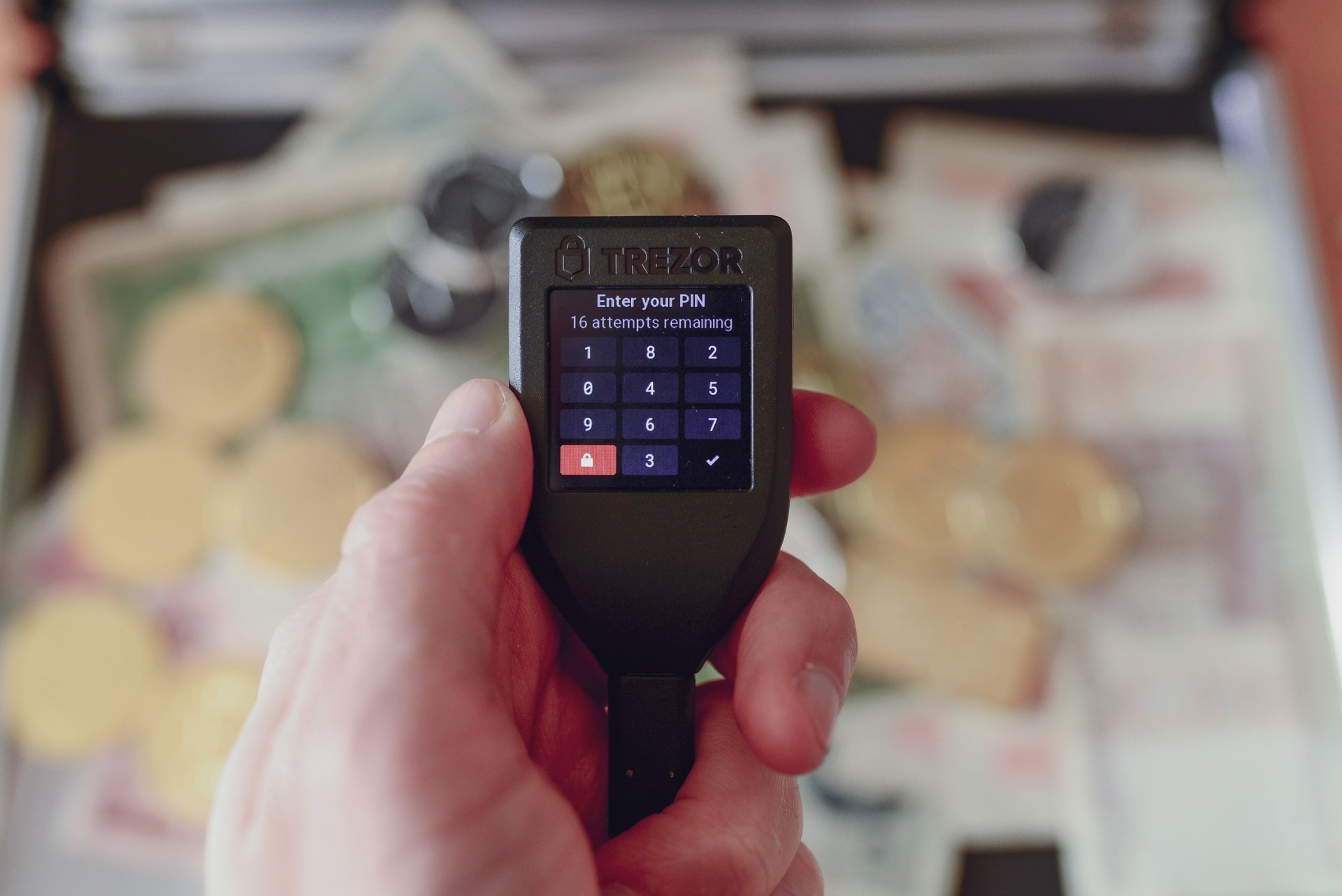
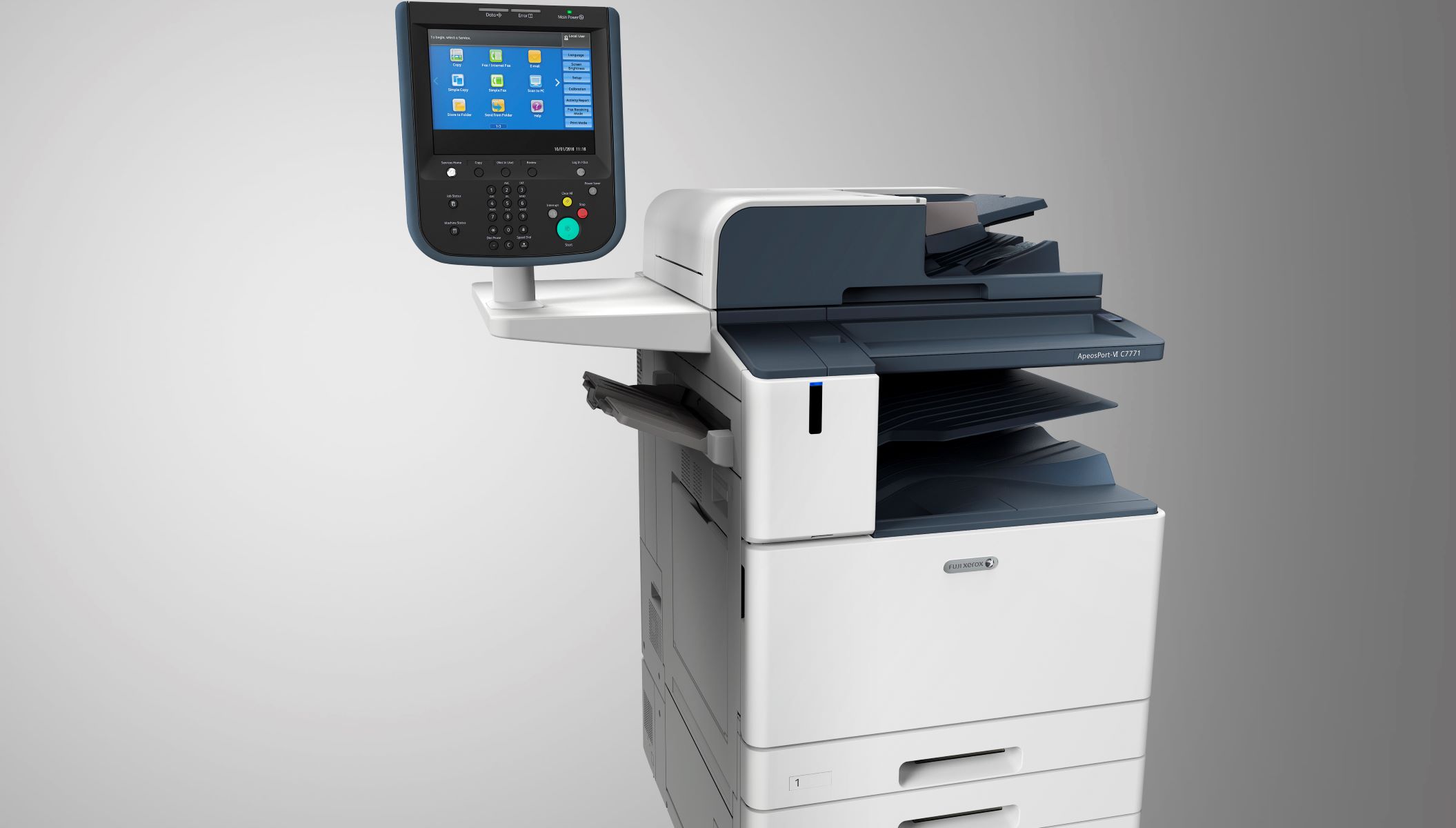
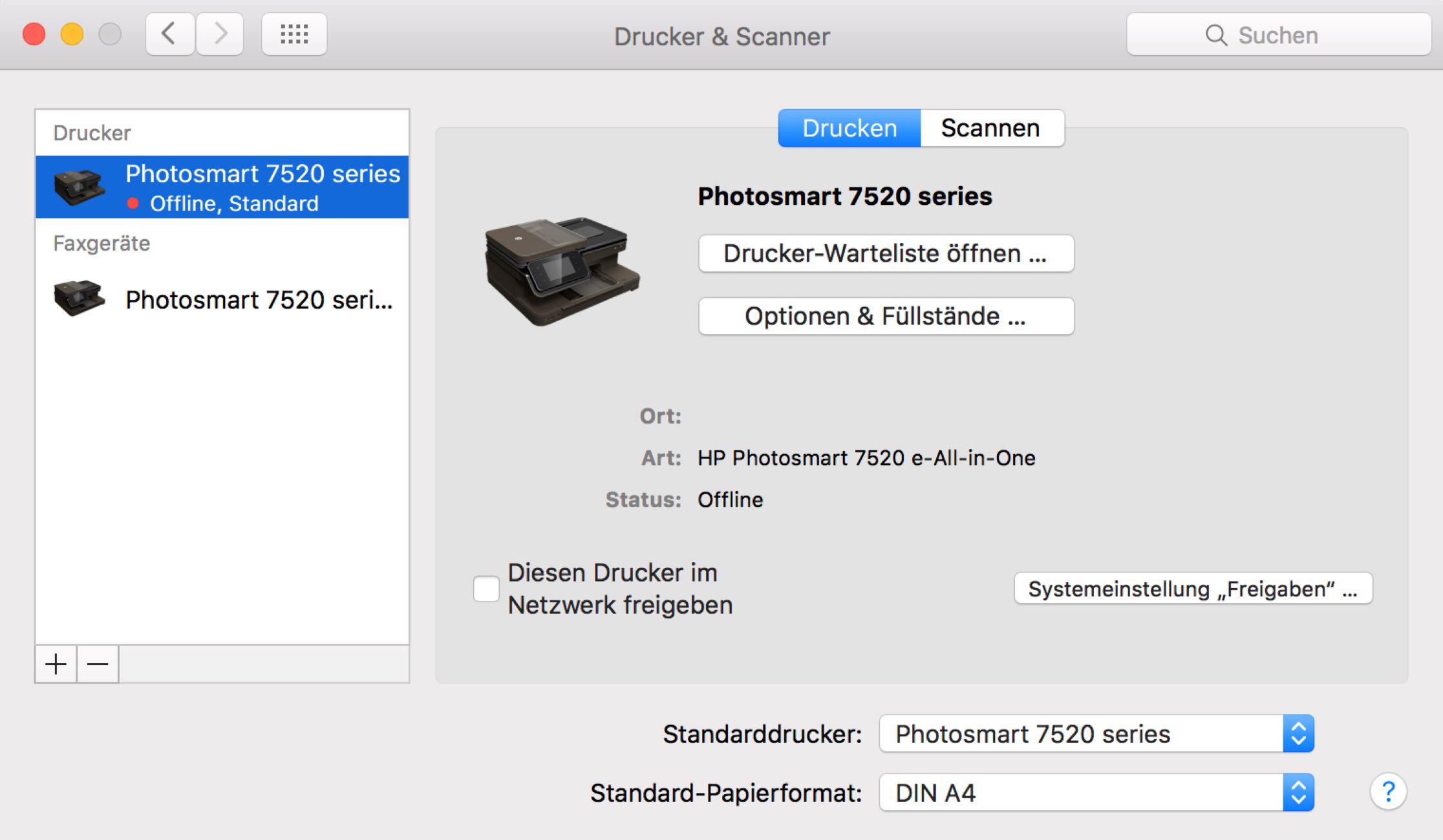
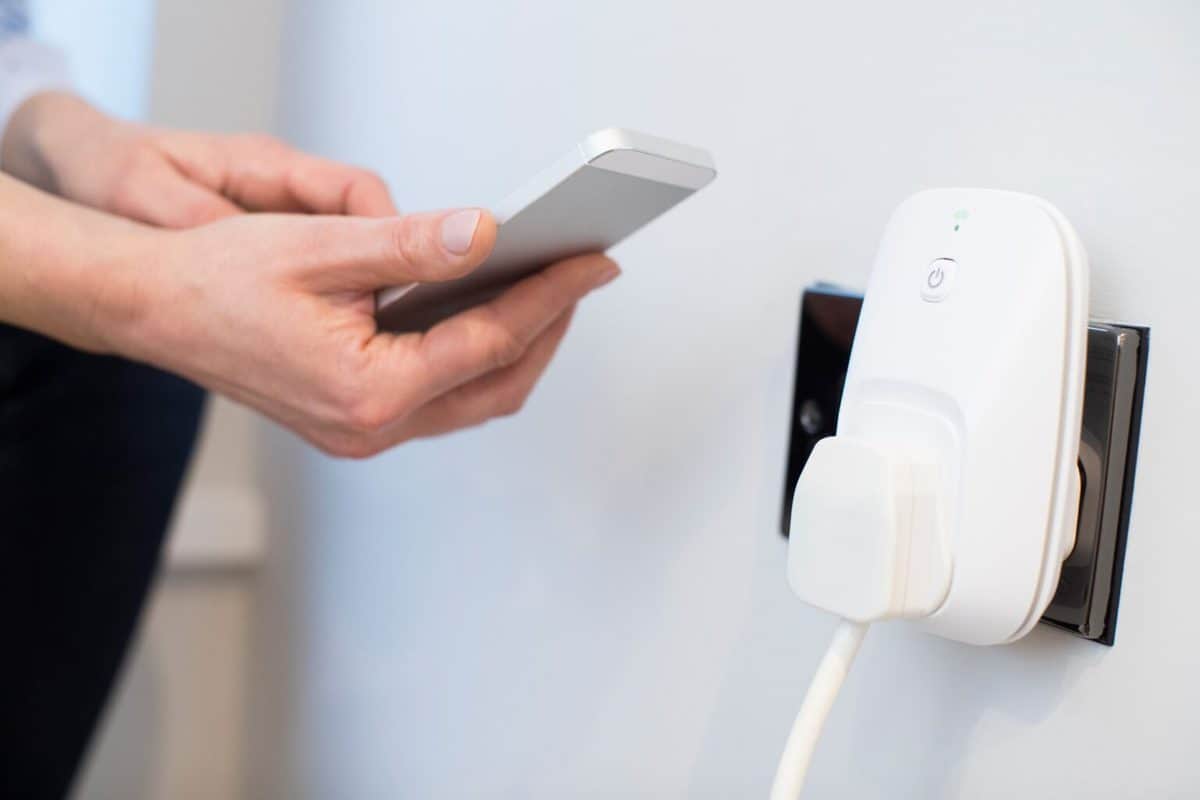
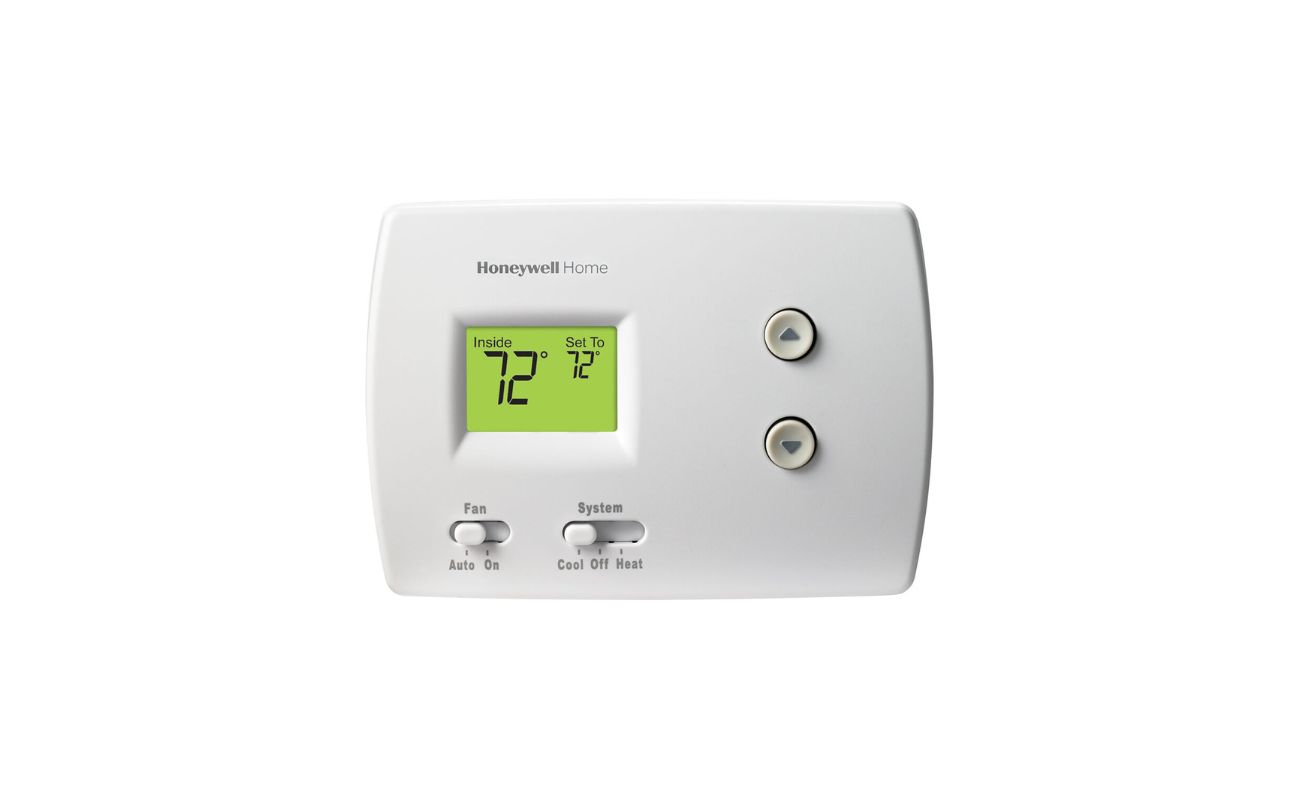





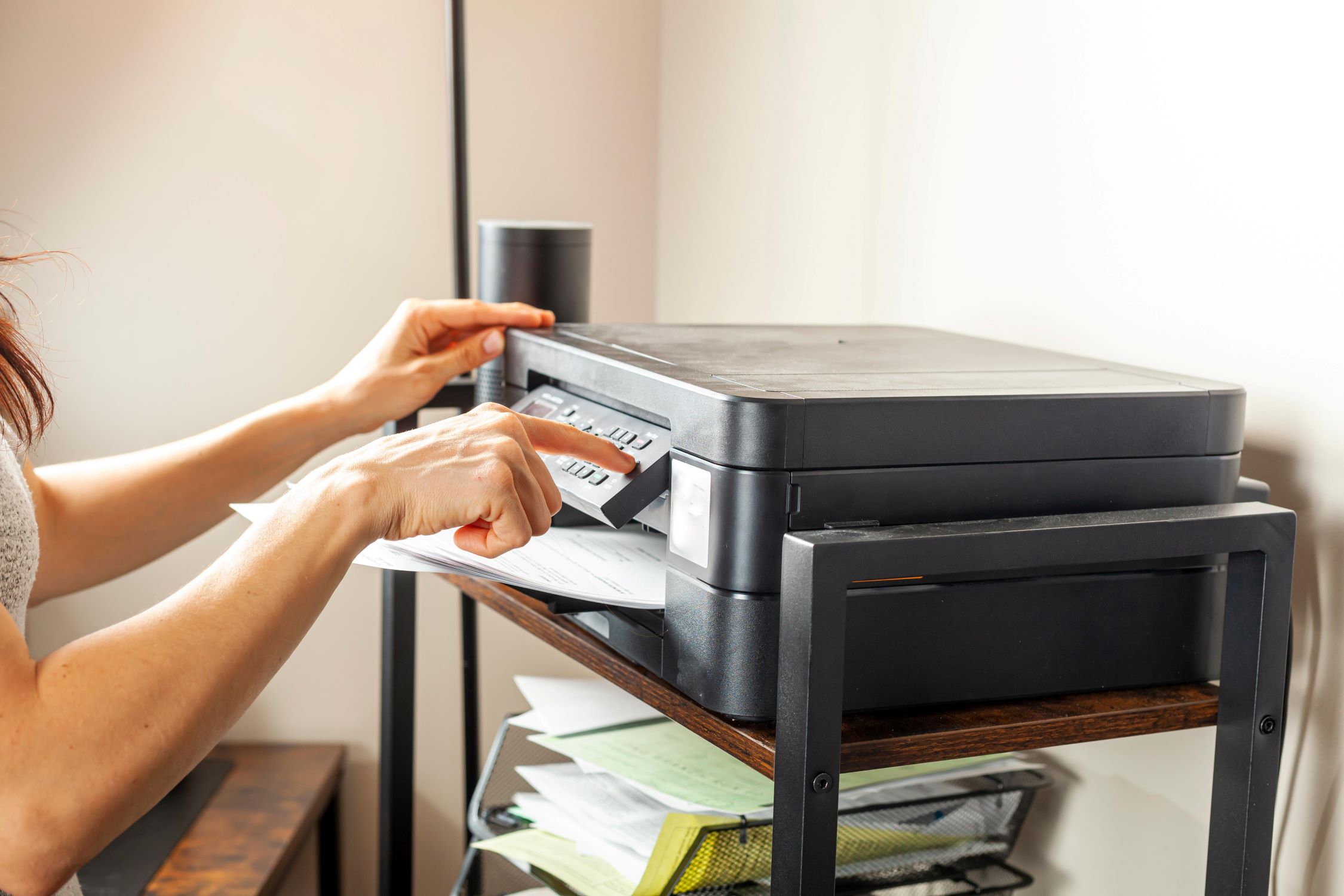


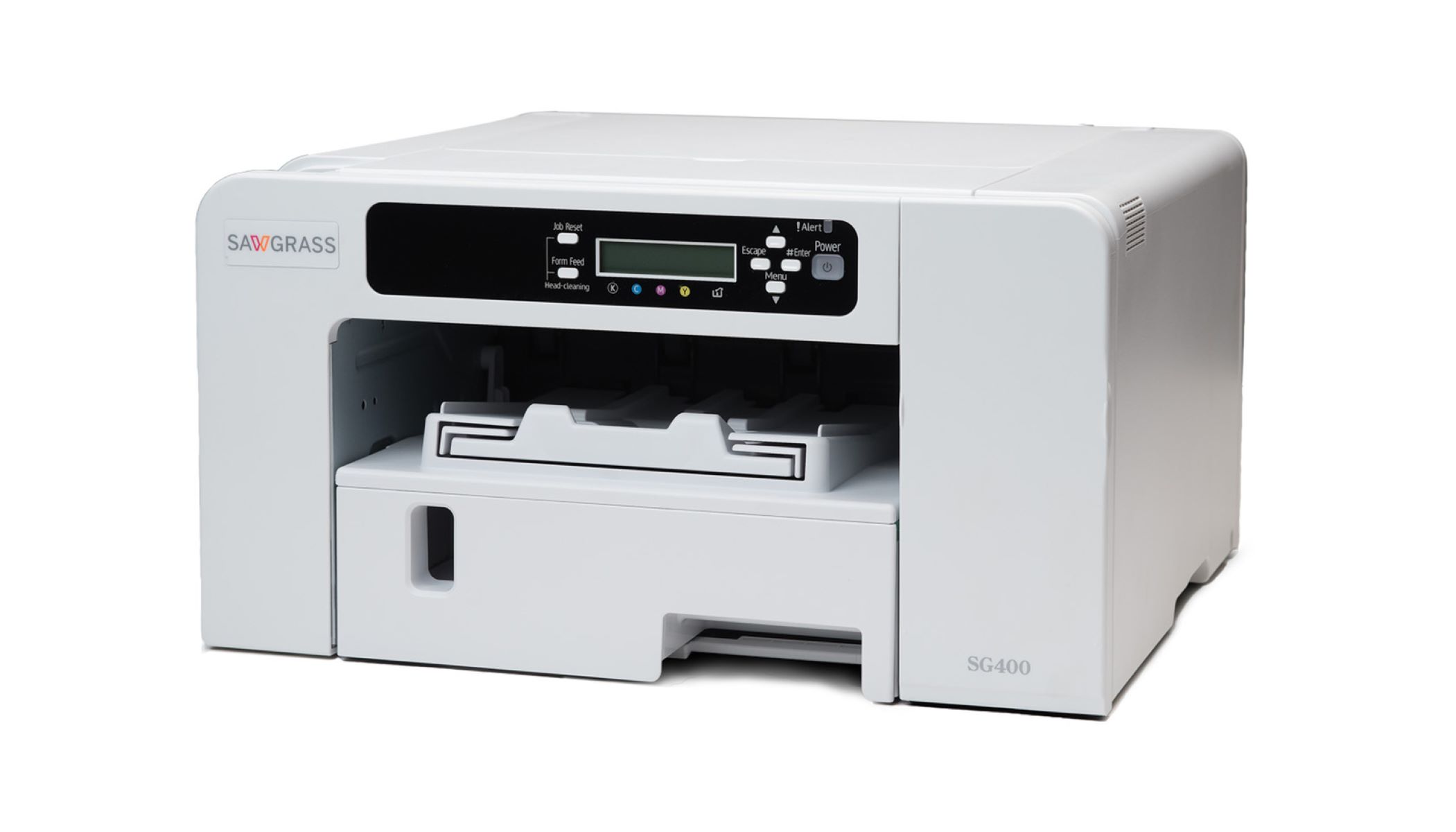

0 thoughts on “How To Store Bitcoin Offline”